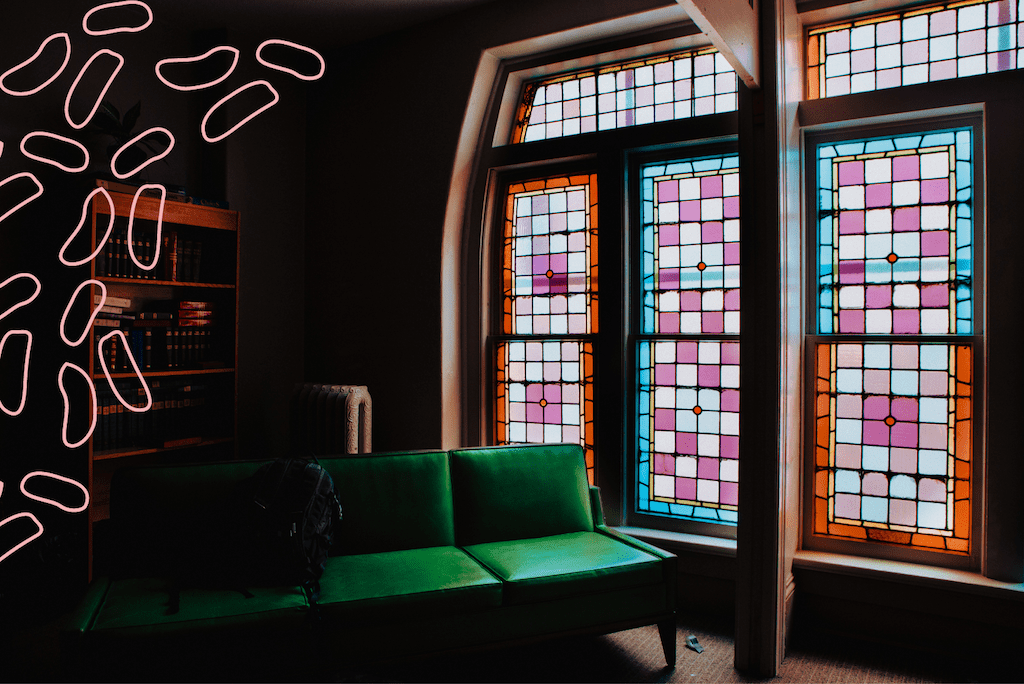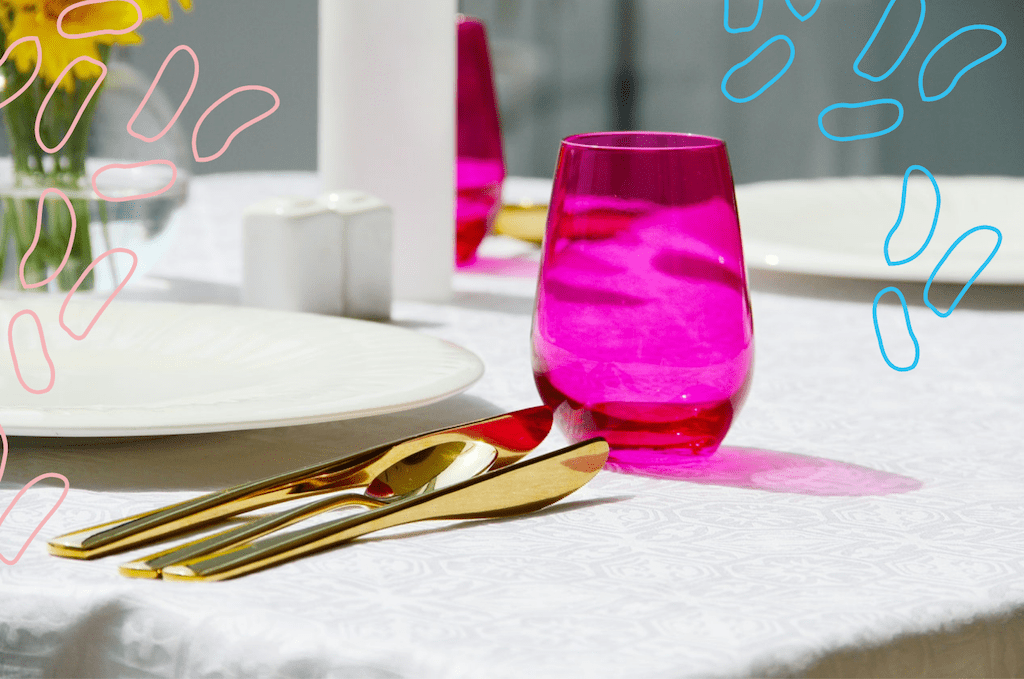You know what they say about people in glasshouses, right? Those stones should certainly be left unthrown. Or, that to be truly progressive, you have to smash the glass ceiling. Or, as Tennesse Williams put it; ‘’When you look at a piece of delicately spun glass you think of two things: how beautiful it is and how easily it can be broken.’’
With all this talk of fragility, it feels like glass is being done something of a disservice. But have you ever stopped to consider just how many things are made from the magic, typically transparent material? From windows to bottles, tables to whole structures, this ancient material is one of the world’s most widely used due to its incredible formability, versatility, and, despite its reputation for breaking, its incredible safety record. Glass is non-reactive, non-leaching and completely impermeable to both liquids and gases.
Take a look around the room now; suddenly, you’ll notice that the material is everywhere. Hey, it even forms the screen that you’re reading these very words on! Considering the amazing versatility of glass, here’s why it is such an important material in design.
CAPTIVATING WINDOWS
Talking about windows in relation to design may seem strange, as most windows are very simple affairs consisting of nothing more than a sheet of glass encased in a wooden frame.
However, all of this changes when you consider the stunning stained glass windows that grace countless churches and cathedrals across the world, as well as public buildings and stately homes.
Whatever your religious beliefs, or lack thereof, there are few things as relaxing as sitting down in a shadowy stone church and resting your eyes on a beautiful, colourful window. Try it for yourself, next time you have the chance, or if you’re feeling bold, install a stained glass window design into your own property.

GLASSES
Are we talking about the tumblers you drink your water from? Or the things you wear on your face to help you see? Such is glass’s ubiquity that some items are simply named after the material.
The glasses that people wear to help them see more clearly are a particularly fascinating example of the material’s versatility because they are not only transparent, but also scratch resistant and can be designed to be incredibly thin, presenting a more attractive option than plastic lenses.
BRIGHT OFFICES
Glass, in combination with iron or steel, has long been a very popular choice of material for architects designing the exterior of office buildings and other public buildings, from the pioneering Crystal Palace of 1850s London to the many skyscrapers, such as the Gherkin in Westminster, Dubai’s Burj Khalifa, or Shanghai Tower in China. These structures have redesigned countless cities’ skylines in the 20th and early 21st centuries, and without glass, many urban centres would be unrecognisable today.
More recently, glass walls and partitions have become a popular choice for office interiors too, as designers seek to brighten up workplaces while maintaining a degree of organisation and focus, which cannot be achieved with basic open-plan spaces.

With so many offices being made of glass both on the inside and on the outside, demand for commercial glass repair is bound to increase, and some companies have started glass work apprenticeships for young people interested in this craft. A career working with glass? It’s certainly clear that there’s a future in the industry. Move over, drab office walls – your time is up!
TABLEWARE
One of the most common uses of glass is, of course, tableware. Glass is obviously employed to make tumblers and jars, vases, carafes, oven dishes, bottles, bowls, and those vessels we love to sip a decent claret or cocktail from, but tableware is where this material truly shines within an interior design setting.
A staple of Scandinavian interior design, glassware is an easy and economical way to add cosiness to your living space. The fact that it reflects natural light makes it the ideal choice for those centrepieces that live at the intersection of decoration and functionality. Add a glass bowl filled with fruit, a glass candle holder, or a glass vase filled with colourful flowers to your kitchen, dining, or coffee table and watch the whole room brighten up!

CURIOUS ORNAMENTS
Finally, no discussion of the role of glass design would be complete without mentioning the weird and wonderful glass ornaments which adorn mantlepieces and windowsills around the country and the world.
From funky ornamental fish to tennis players. all the way to panthers and clowns, it appears that you can buy figurines of almost any kind crafted using the traditional glass blowing technique perfected in Murano, Venice, over the centuries. Just keep your glass treasures well away from your toddler, as they cost a pretty penny.





